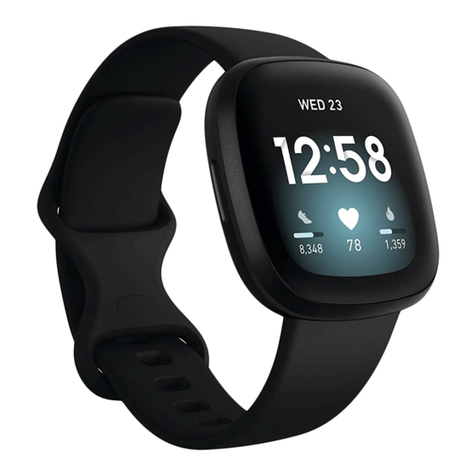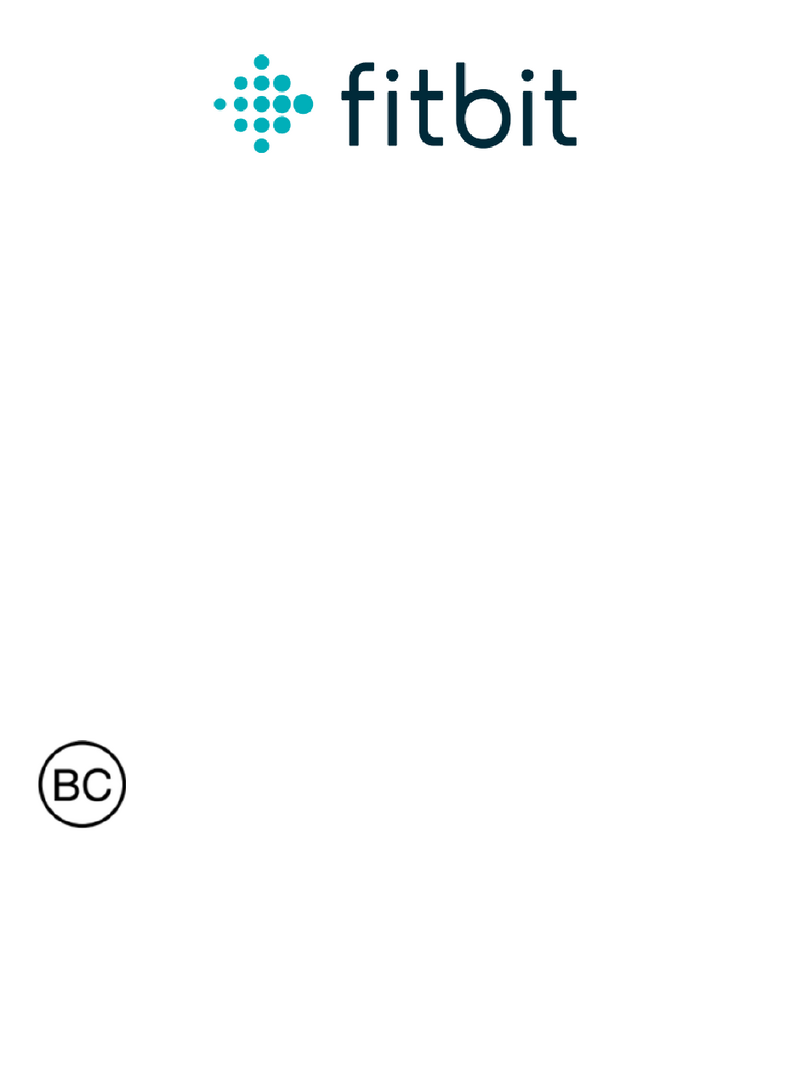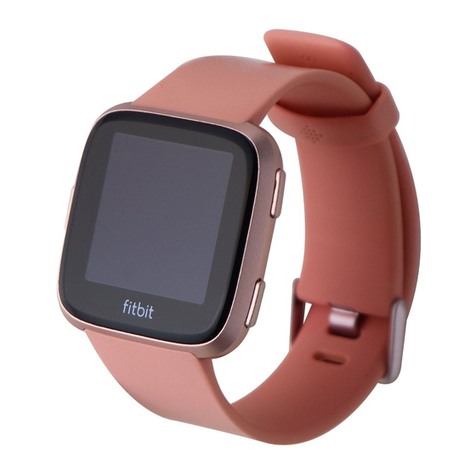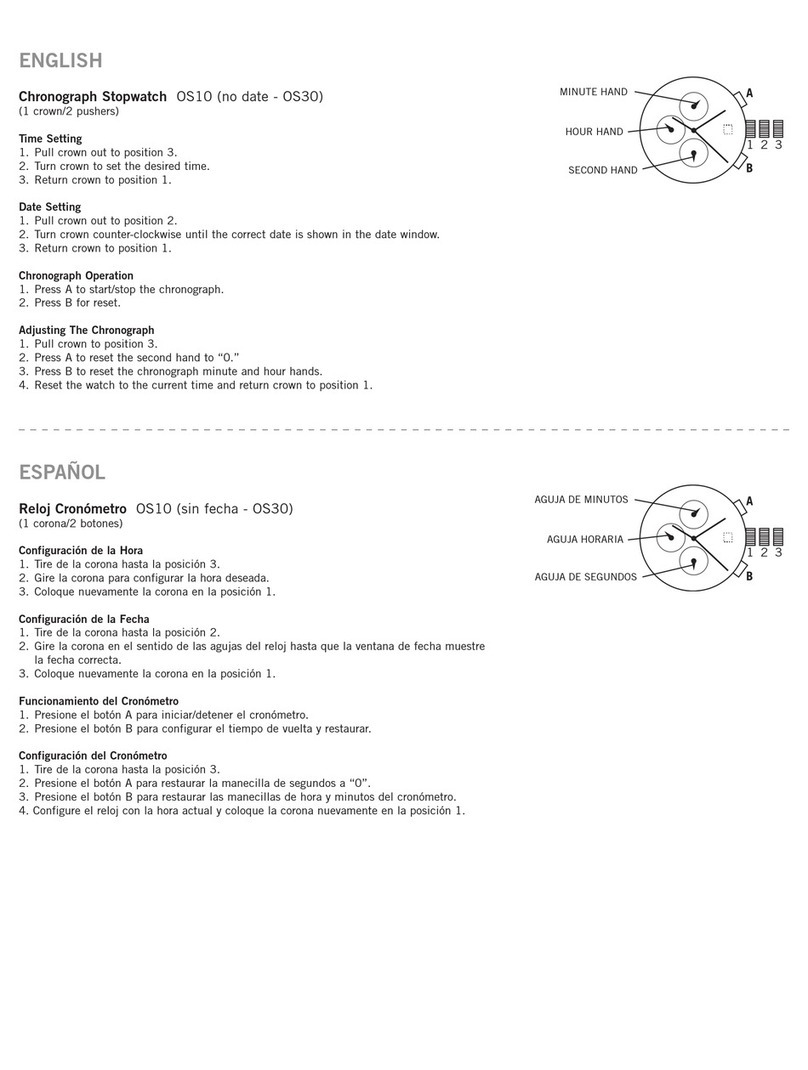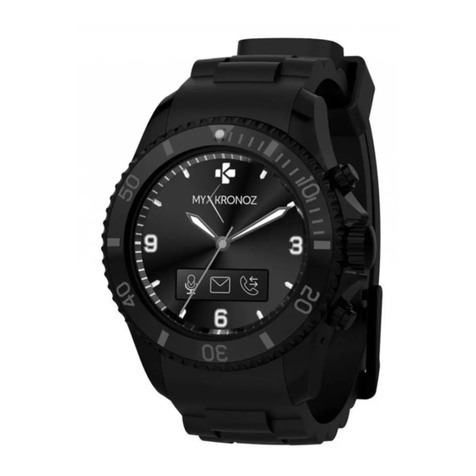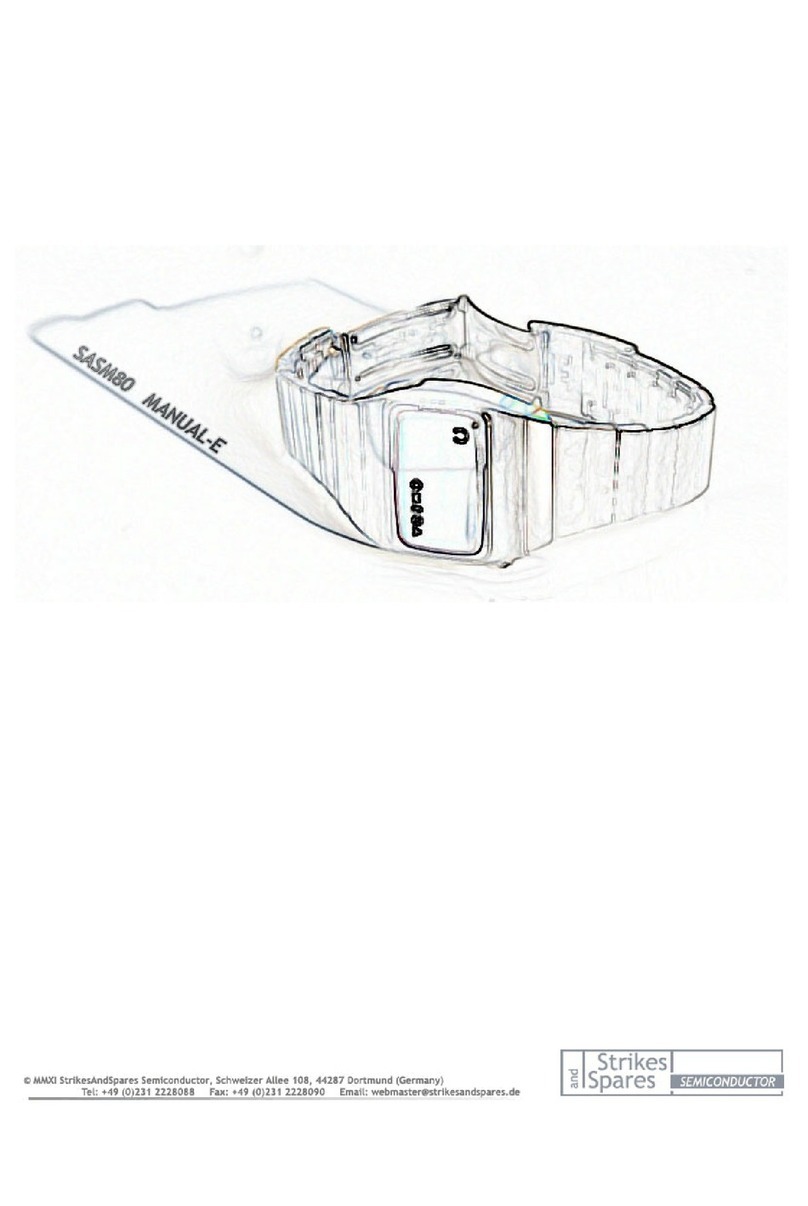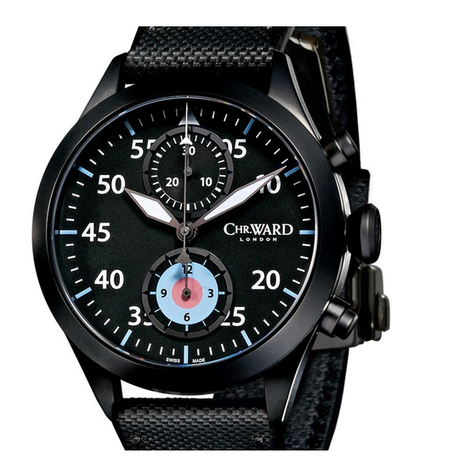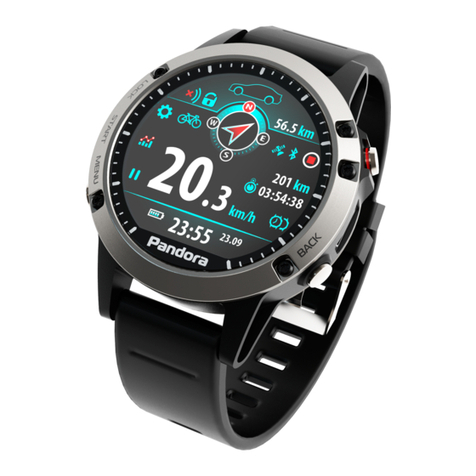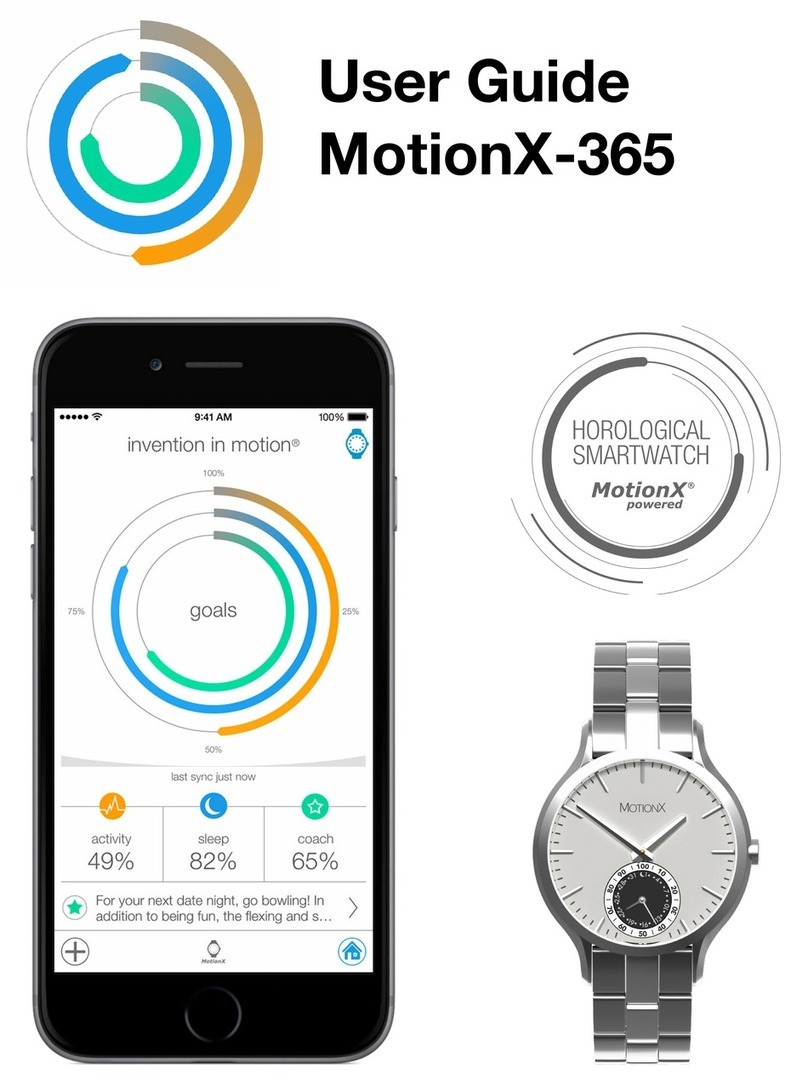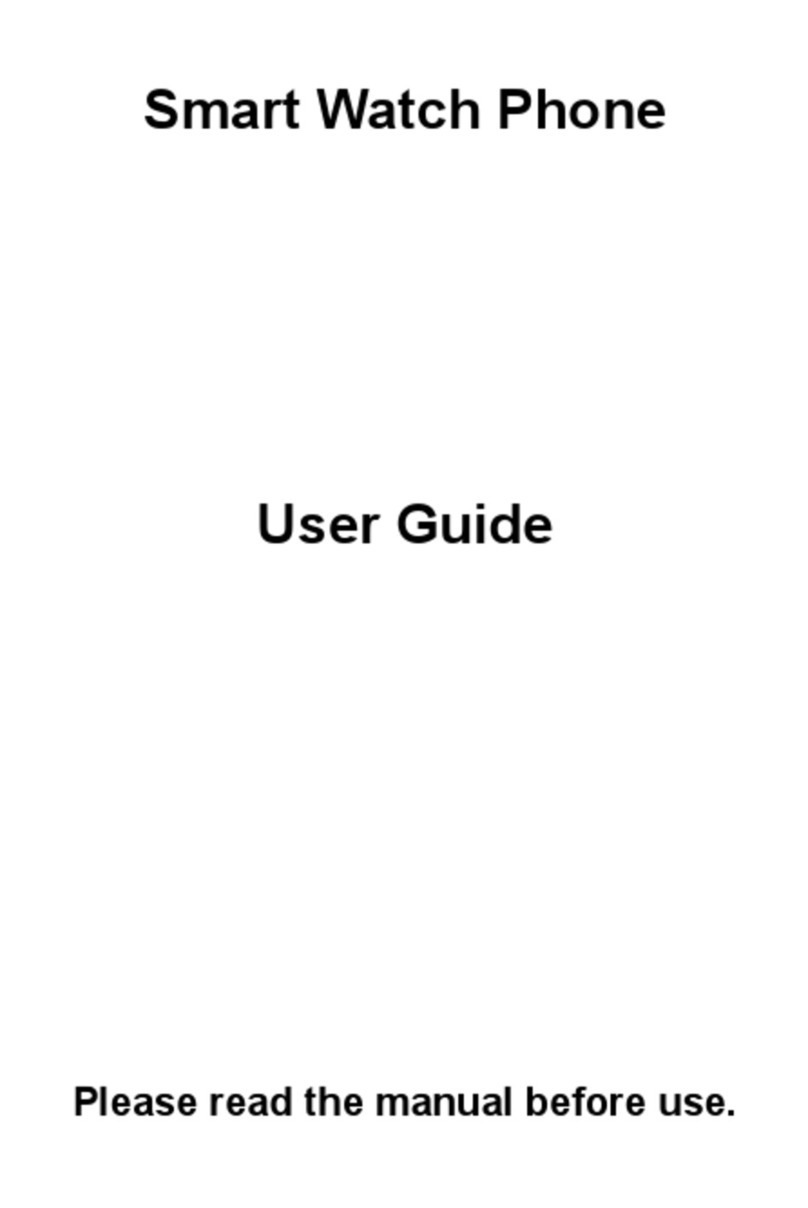Fitbit Zip Ionic Installation guide
Other Fitbit Zip Watch manuals

Fitbit Zip
Fitbit Zip Ace User manual
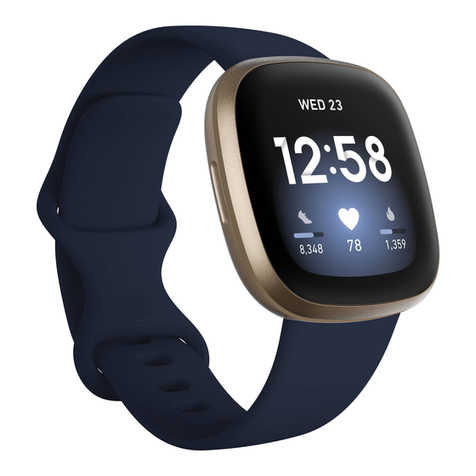
Fitbit Zip
Fitbit Zip versa 3 User manual
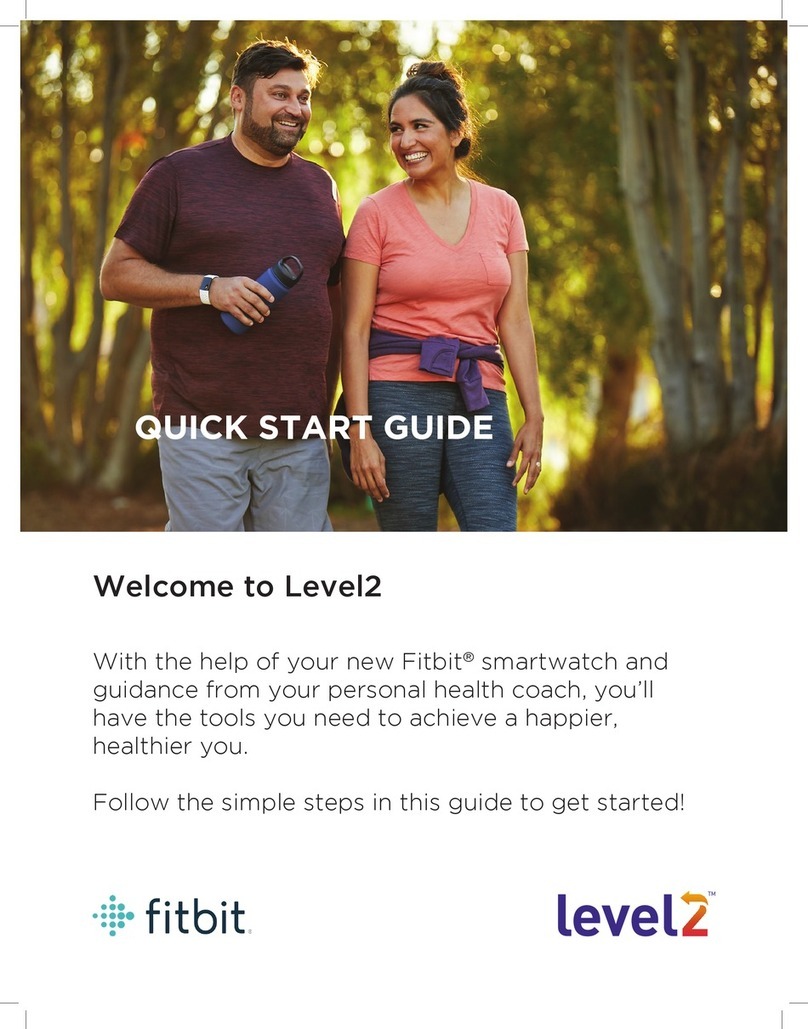
Fitbit Zip
Fitbit Zip Versa Lite User manual
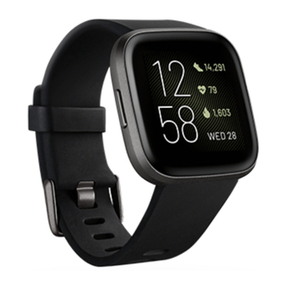
Fitbit Zip
Fitbit Zip Versa User manual
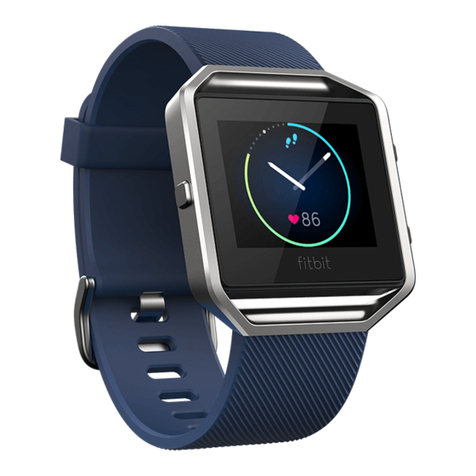
Fitbit Zip
Fitbit Zip Blaze User manual
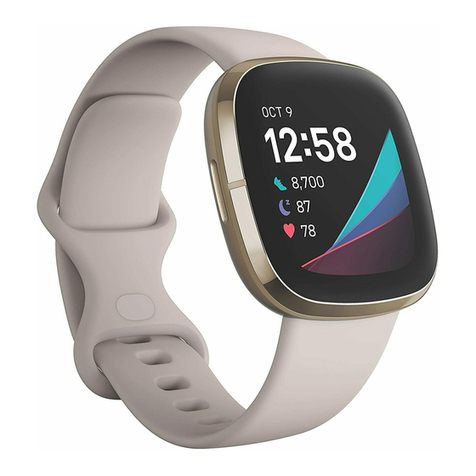
Fitbit Zip
Fitbit Zip Sense User manual
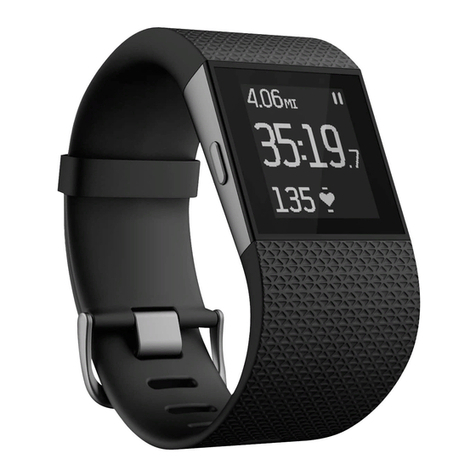
Fitbit Zip
Fitbit Zip Surge User manual

Fitbit Zip
Fitbit Zip Versa User manual

Fitbit Zip
Fitbit Zip Blaze User manual
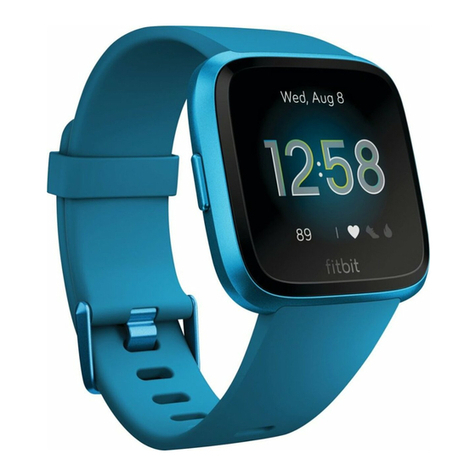
Fitbit Zip
Fitbit Zip Versa Lite User manual
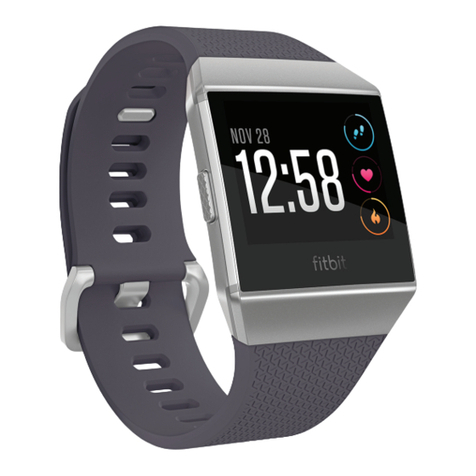
Fitbit Zip
Fitbit Zip Ionic User manual
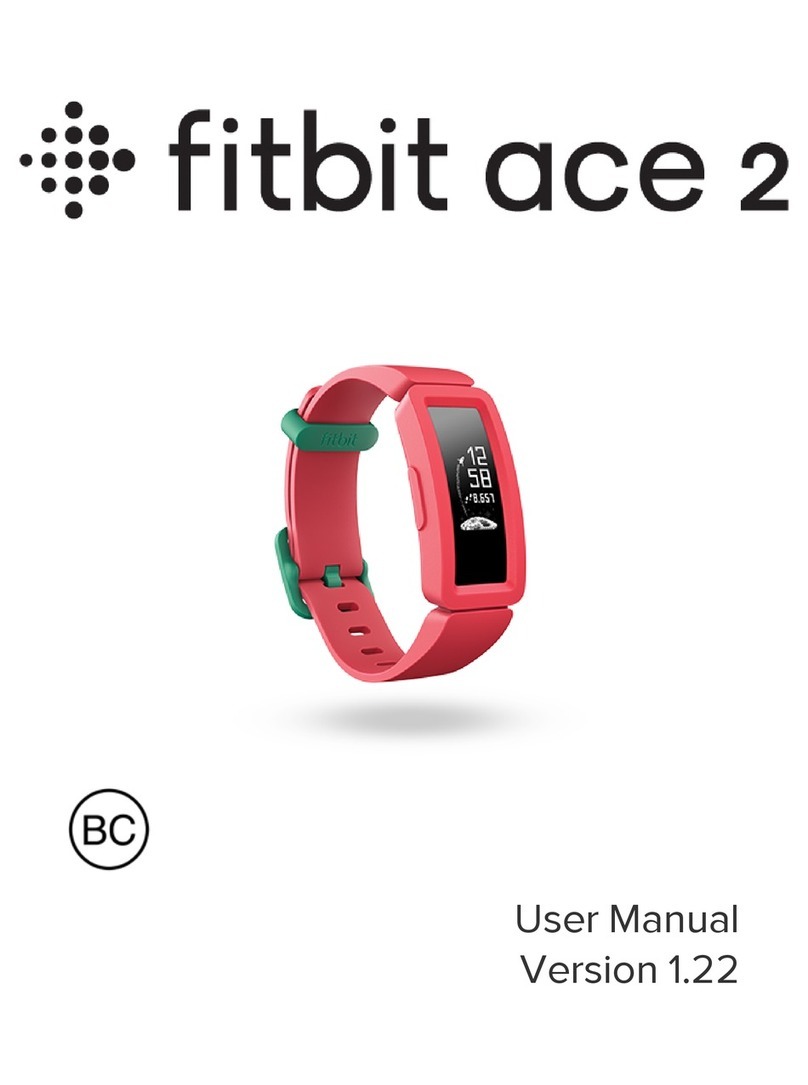
Fitbit Zip
Fitbit Zip ace 2 User manual

Fitbit Zip
Fitbit Zip Versa User manual

Fitbit Zip
Fitbit Zip Versa User manual
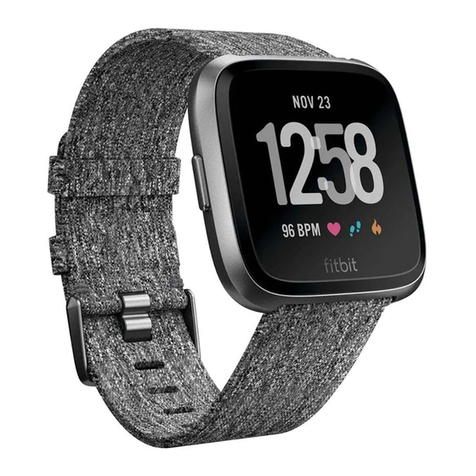
Fitbit Zip
Fitbit Zip Special Edition Versa User manual
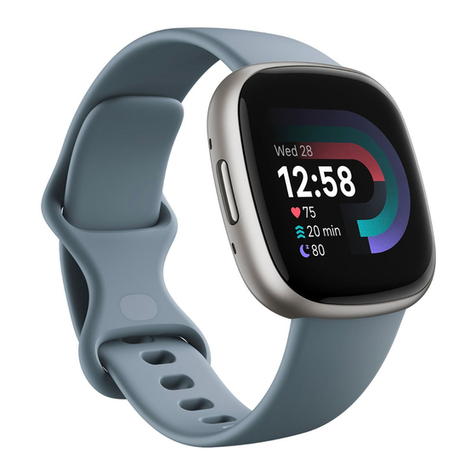
Fitbit Zip
Fitbit Zip Versa 4 User manual

Fitbit Zip
Fitbit Zip Versa Lite Installation guide

Fitbit Zip
Fitbit Zip Ionic User manual

Fitbit Zip
Fitbit Zip Versa Installation guide
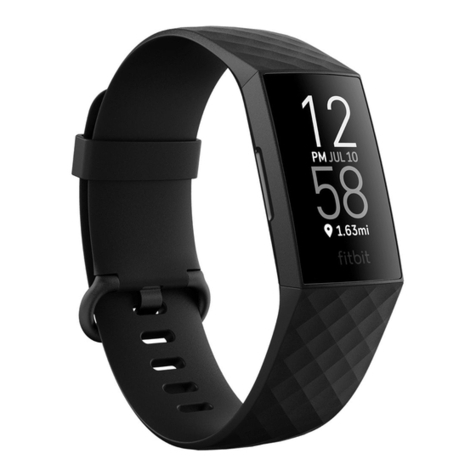
Fitbit Zip
Fitbit Zip FB417 User manual
Popular Watch manuals by other brands
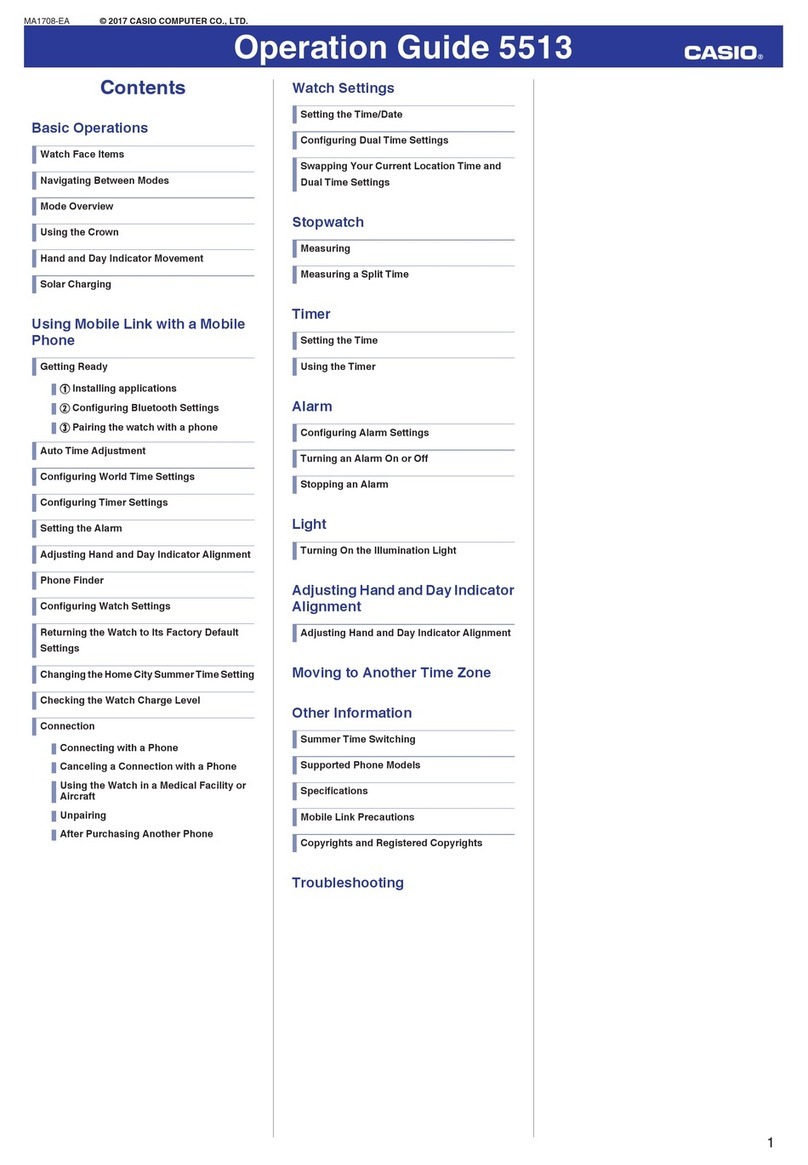
Casio
Casio QW 5513 Operation guide

Piaget
Piaget 560P Instructions for use
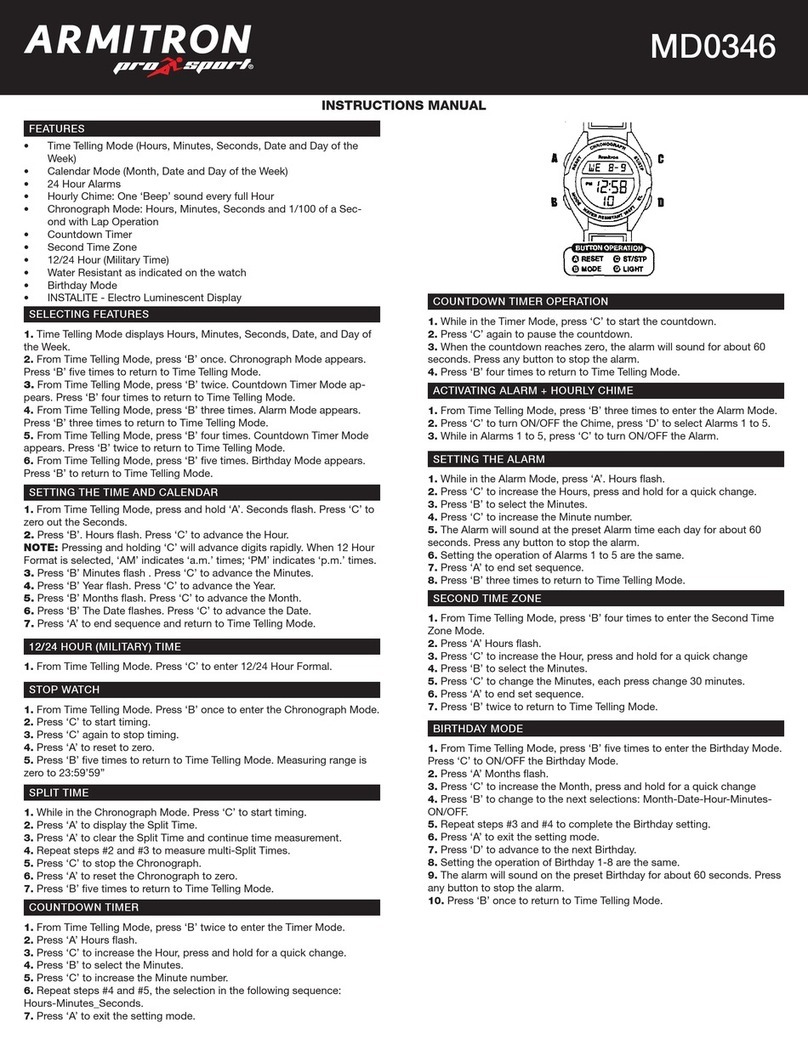
Armitron
Armitron pro sport MD0346 instruction manual

West Marine
West Marine BlackTip 13411293 Instruction Booklet and Care Guide
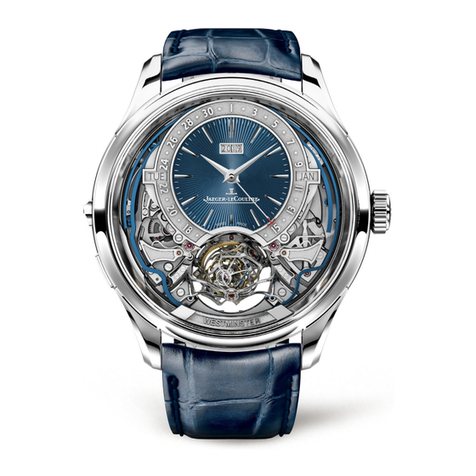
Jaeger-leCoultre
Jaeger-leCoultre HYBRIS MECHANICA CALIBRE 184 manual
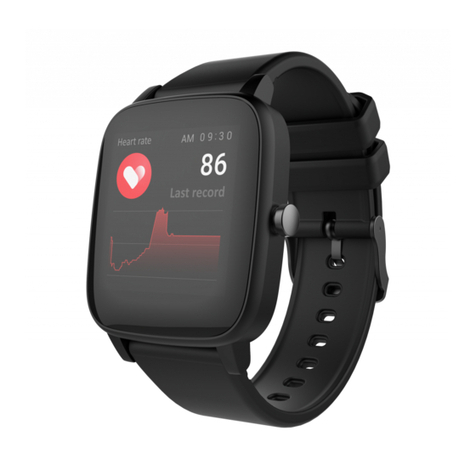
FOREVER
FOREVER iGO PRO JW-200 user manual
